Home>Interior Design>How To Clean A TV Screen: Make It Pristine And Avoid Damage
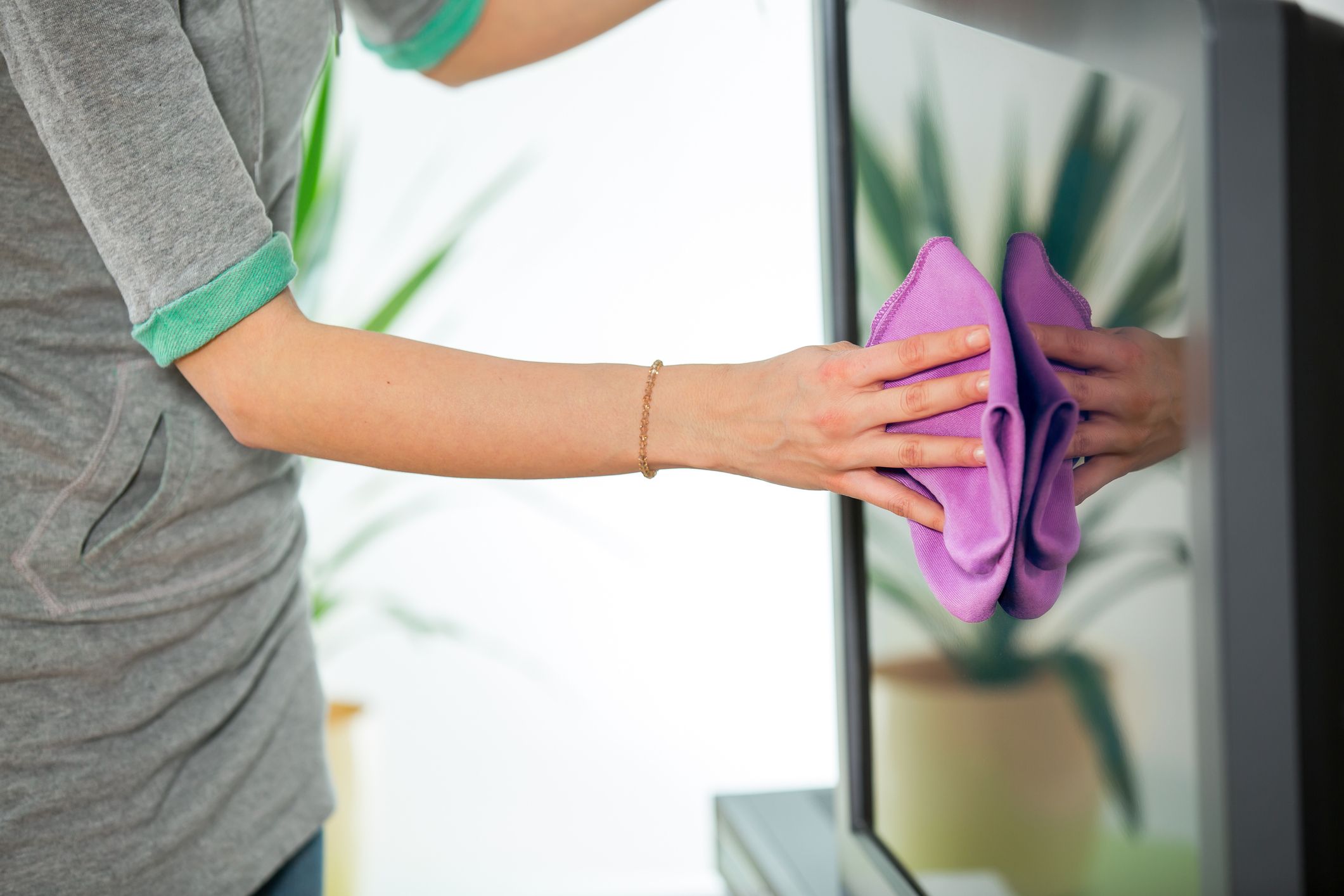

Interior Design
How To Clean A TV Screen: Make It Pristine And Avoid Damage
Modified: February 21, 2024
Learn how to clean your TV screen like a pro without causing any damage. Follow our step-by-step guide to keep your screen pristine and enhance your interior design.
(Many of the links in this article redirect to a specific reviewed product. Your purchase of these products through affiliate links helps to generate commission for Storables.com, at no extra cost. Learn more)
Introduction
Welcome to our comprehensive guide on how to clean a TV screen and ensure its longevity and pristine display. As avid TV viewers, we invest in high-quality screens to enjoy our favorite shows, movies, and games in stunning clarity. However, over time, our screens are bound to accumulate dust, fingerprints, and smudges that can hinder the viewing experience. To maintain optimal visual quality and prevent potential damage, it is crucial to clean your TV screen regularly and with caution.
In this article, we will walk you through the step-by-step process of cleaning your TV screen effectively, ensuring that you achieve a pristine display without causing any harm. We will also discuss the importance of cleaning your TV screen and highlight the precautions you need to take before diving into the cleaning process.
So, whether you have an LCD, LED, or OLED TV, and regardless of its size or brand, this guide will provide you with all the information you need to keep your TV screen in optimal condition. Let’s get started!
Key Takeaways:
- Regularly cleaning your TV screen not only enhances visual clarity but also ensures the longevity of your investment. It promotes hygiene, prevents screen damage, and maintains the overall appearance of your entertainment setup.
- By following the correct cleaning techniques and taking necessary precautions, you can enjoy a pristine display and avoid potential damage. Remember to read the manufacturer’s instructions, use gentle motions with a microfiber cloth, and avoid common cleaning mistakes.
Why is it important to clean your TV screen?
Keeping your TV screen clean is not just about maintaining its visual appeal; it is essential for several reasons. Here is why regularly cleaning your TV screen is crucial:
- Visual Clarity: Over time, dust, fingerprints, and smudges can accumulate on your TV screen, affecting the clarity of the image. Regular cleaning ensures that you enjoy a sharp, vibrant, and immersive viewing experience, allowing you to fully appreciate the content you love.
- Longevity of the TV: A clean TV screen not only enhances its visual performance but also prolongs its lifespan. Dust and debris can settle into the crevices and vents of the TV, potentially leading to overheating and malfunctioning. By keeping the screen clean, you prevent these issues and ensure the longevity of your investment.
- Hygiene and Health: TV screens are often touched by multiple people, leaving behind oils, sweat, and bacteria. Regular cleaning eliminates these contaminants, promoting a clean and hygienic environment in your home. This is especially important if you have children or pets who interact closely with the TV screen.
- Preventing Screen Damage: Using improper cleaning techniques or harsh chemicals can damage the delicate surface of your TV screen. By following the correct cleaning methods, you reduce the risk of scratches, streaks, and other irreversible damage. This ensures that your TV screen remains in optimal condition for years to come.
- Appearance and Aesthetics: A clean and well-maintained TV screen enhances the overall appearance and aesthetics of your entertainment setup. It creates a visually pleasing focal point in your living room or media space and adds to the overall ambience of the room.
Now that we understand the importance of cleaning our TV screens, let’s move on to the precautions you should take before embarking on the cleaning process.
Precautions to take before cleaning your TV screen
Before you start cleaning your TV screen, it’s important to take certain precautions to ensure the safety of your screen and prevent any damage. Here are some important precautions to keep in mind:
- Read the manufacturer’s instructions: Every TV model is different, and the manufacturer’s instructions will provide specific cleaning guidelines. Familiarize yourself with these instructions to avoid using any cleaning methods or materials that could harm your TV screen.
- Power off the TV: Before cleaning, make sure to turn off the TV and unplug it from the power source. This eliminates the risk of electric shock and ensures your safety during the cleaning process.
- Allow the screen to cool down: If your TV has been running for a while, give it some time to cool down before cleaning. Cleaning a hot screen can lead to streaks and damage, so it’s best to wait until it reaches room temperature.
- Remove any accessories or cables: Before cleaning, disconnect any cables or accessories attached to the TV. This prevents them from accidentally getting damaged or interfering with the cleaning process.
- Choose the right cleaning materials: It’s important to use the right cleaning materials to avoid scratching or damaging the screen. Avoid using paper towels or rough cloths, as they can leave fibers or scratches behind. Instead, opt for microfiber cloths or soft lint-free cloths specifically designed for cleaning delicate surfaces.
- Avoid harsh chemicals: Harsh chemicals such as ammonia, alcohol, or abrasive cleaners can strip the protective coating on your TV screen or cause discoloration. Stick to mild, non-abrasive cleaning solutions or simply use distilled water for gentle cleaning.
- Test in an inconspicuous area: If you’re using a new cleaning solution or cloth, it’s a good idea to test it on an inconspicuous area of the screen first. This ensures that the cleaner doesn’t cause any adverse reactions or leave any residue.
- Gently clean the frame and bezels: While the main focus is on cleaning the screen, don’t neglect the frame and bezels. Use a soft cloth or mild cleaner to gently wipe away any dust or fingerprints.
By taking these precautions, you can ensure that the cleaning process goes smoothly and that your TV screen remains unharmed. Now that we have covered the precautions, let’s move on to the materials you will need for cleaning your TV screen.
Materials needed for cleaning
Before you begin cleaning your TV screen, gather the necessary materials to ensure a thorough and safe cleaning process. Here are the materials you will need:
- Microfiber cloth: A microfiber cloth is an essential tool for cleaning delicate surfaces, including TV screens. Choose a high-quality microfiber cloth that is clean, soft, and lint-free. Microfiber cloths are designed to trap dust particles and gently remove smudges without scratching the screen.
- Distilled water: Distilled water is a safe and effective cleaning agent for TV screens. It is free from impurities that may be present in tap water, such as minerals or chemicals. Fill a clean spray bottle with distilled water to use for dampening the microfiber cloth.
- Mild cleaning solution: If the screen is heavily soiled or requires extra cleaning power, you can use a mild cleaning solution specifically formulated for electronic screens. Look for a screen-cleaning solution that is alcohol-free and gentle on delicate surfaces. Alternatively, you can make your own cleaning solution by mixing equal parts distilled water and white vinegar.
- Cotton swabs: Cotton swabs can be useful for reaching tight corners and edges during the cleaning process. Use them sparingly and gently to avoid applying excessive pressure to the screen.
- Compressed air canister: A compressed air canister or duster can be handy for removing loose dust and debris from the TV screen, especially from hard-to-reach areas like vents and edges. Ensure that you use the canister in short bursts and from a safe distance to avoid damaging the screen.
- Optional screen cleaning kit: If you prefer convenience, you may consider purchasing a screen cleaning kit. These kits typically include a specially formulated cleaning solution, microfiber cloths, and other accessories designed for safe and effective screen cleaning.
By having these materials ready, you will be well-prepared to tackle the cleaning process and achieve a spotless TV screen. In the next section, we will delve into the step-by-step process of cleaning a TV screen effectively.
Use a microfiber cloth dampened with water or a 50/50 solution of water and vinegar to gently wipe the screen in a circular motion. Avoid using harsh chemicals or abrasive materials to prevent damage.
How to clean a TV screen
Now that you have gathered the necessary materials, let’s dive into the step-by-step process of cleaning your TV screen. Follow these guidelines to ensure a safe and effective cleaning:
- Power off the TV and let it cool down: Before you begin cleaning, turn off the TV and unplug it from the power source. Allow the screen to cool down to room temperature to prevent any potential damage.
- Dust the screen: Start by using a clean, dry microfiber cloth or a compressed air canister to gently remove any loose dust and debris from the TV screen. For the best results, work in a one-way motion, starting from the top of the screen and moving downwards.
- Dampen the microfiber cloth: Lightly dampen a microfiber cloth with distilled water or a mild cleaning solution. Be sure to wring out any excess moisture to avoid excessive wetness on the screen.
- Gently wipe the screen: Starting from the top of the screen, gently wipe the damp microfiber cloth in horizontal or vertical motions, applying slight pressure. Avoid pressing too hard, scrubbing, or using circular motions, as these actions can potentially damage the screen. Continue wiping until you have covered the entire surface of the screen.
- Pay attention to stubborn stains: If there are stubborn stains or fingerprints that don’t come off with gentle wiping, avoid applying excessive force. Instead, dampen a cotton swab with distilled water or cleaning solution, and gently dab the affected area. Be cautious not to let any liquid seep into the edges or vents of the screen.
- Dry the screen: Once you have wiped the screen, use a dry microfiber cloth to gently dry it. Ensure that there is no moisture or streaks left behind on the screen.
- Inspect the screen: After cleaning, inspect the screen from different angles to check for any remaining smudges or streaks. If necessary, repeat the cleaning process with a slightly dampened cloth until the screen is completely clean.
- Reconnect the TV: Once the screen is dry and clean, you can plug the TV back into the power source and turn it on. Enjoy your pristine and clear display!
Remember, it’s important to follow these steps carefully and be gentle during the cleaning process to prevent any damage to your TV screen. In the next section, we will discuss some common mistakes to avoid while cleaning your TV screen.
Avoiding common mistakes while cleaning
While cleaning your TV screen, it’s crucial to avoid common mistakes that can potentially damage the screen or degrade its visual quality. Here are some key mistakes to steer clear of:
- Using abrasive materials: Avoid using rough materials such as paper towels, tissues, or abrasive cleaners on your TV screen. These materials can scratch the delicate surface and leave behind fibers or residue.
- Applying excessive pressure: It’s natural to want to remove stubborn stains or fingerprints, but pressing too hard can damage the screen. Use gentle, light pressure and avoid scrubbing or using excessive force.
- Using harsh chemicals: Stay away from harsh chemicals like ammonia, bleach, or alcohol-based cleaners. These substances can strip the protective coating on the screen or cause discoloration.
- Spraying liquids directly onto the screen: Avoid spraying cleaning solutions or water directly onto the screen. The liquid can seep into the edges or vents, causing internal damage. Instead, dampen a cloth and then use it to clean the screen.
- Not following manufacturer’s instructions: Different TV models may have specific cleaning instructions provided by the manufacturer. Read the user manual or check the manufacturer’s website for any specific guidelines before proceeding with the cleaning process.
- Cleaning while the screen is hot: Cleaning a hot screen can lead to streaks or damage. Allow the TV screen to cool down to room temperature before cleaning.
- Using tap water: Tap water may contain minerals or impurities that can leave streaks or marks on the screen. Stick to using distilled water or a mild cleaning solution for the best cleaning results.
- Ignoring the frame and bezels: While the main focus is on the screen, don’t forget to clean the frame and bezels as well. Dust and fingerprints can accumulate on these areas, detracting from the overall aesthetic appeal.
By avoiding these common mistakes, you can ensure that your TV screen remains in optimal condition and stays free from damage. However, if you prefer alternative methods for cleaning your TV screen, read on to the next section to explore some options.
Alternative methods for cleaning a TV screen
While the traditional method of using a microfiber cloth and gentle cleaning solution is the recommended way to clean a TV screen, there are a few alternative methods you can try if you don’t have the necessary materials on hand. Here are some alternative methods for cleaning a TV screen:
- Water and vinegar solution: If you don’t have a specific cleaning solution for electronic screens, you can create a homemade solution using equal parts distilled water and white vinegar. Mix them together in a spray bottle and lightly mist the solution onto a microfiber cloth. Gently wipe the screen in a horizontal or vertical motion, being careful not to apply excessive pressure.
- Isopropyl alcohol: Isopropyl alcohol, also known as rubbing alcohol, can be an effective cleaning agent for removing stubborn fingerprints or smudges. However, it is important to avoid using it on OLED screens, as it may damage the protective layer. If you choose to use isopropyl alcohol, dilute it with distilled water and test it on an inconspicuous area of the screen before proceeding with cleaning.
- Mild soap and water: In the absence of specialized cleaning solutions, a mild soap and water solution can be used. Mix a small amount of mild liquid soap, such as dishwashing liquid, with distilled water. Dampen a microfiber cloth with the solution and gently wipe the screen, taking care not to oversaturate the cloth or the screen.
- Screen cleaning wipes: If you prefer the convenience of pre-moistened wipes, you can choose screen cleaning wipes specifically designed for electronic screens. Ensure that the wipes are alcohol-free and non-abrasive. Wipe the screen gently in a horizontal or vertical motion, following the instructions provided by the manufacturer.
- Specially designed cleaning kits: Consider investing in screen cleaning kits that provide all the necessary tools and solutions for cleaning a TV screen. These kits typically contain specially formulated cleaning solutions, microfiber cloths, and other accessories designed for safe and effective screen cleaning.
While these alternative methods can be used in a pinch, it’s important to remember that the traditional method of using a microfiber cloth and gentle cleaning solution is often the safest and most effective way to clean your TV screen. Use these alternative methods sparingly and always prioritize the manufacturer’s instructions and guidelines.
With these alternative methods discussed, it’s time to conclude our guide on cleaning a TV screen. Following the correct cleaning techniques and taking necessary precautions will help you maintain a pristine display and prolong the lifespan of your TV. Enjoy your sparkling clean screen and a flawless viewing experience!
Conclusion
Cleaning your TV screen is an important aspect of maintaining its visual quality and prolonging its lifespan. By following the correct cleaning techniques and taking necessary precautions, you can enjoy a pristine display and avoid potential damage. Here are the key points to remember:
Start by reading the manufacturer’s instructions to ensure you are aware of any specific cleaning guidelines for your TV model. Before cleaning, power off the TV, let it cool down, and remove any accessories or cables. Gather the necessary materials, including a microfiber cloth, distilled water, and a mild cleaning solution.
Prevent common mistakes such as using abrasive materials, applying excessive pressure, or using harsh chemicals. Instead, use gentle motions with a microfiber cloth, avoiding circular motions or scrubbing. Pay attention to stubborn stains and handle them with caution, using cotton swabs and a small amount of distilled water or cleaning solution.
If you don’t have the necessary materials, alternative methods include using a water and vinegar solution, isopropyl alcohol (with caution), mild soap and water, or specially designed screen cleaning wipes or kits. However, these methods should be used sparingly, and it’s always best to follow the manufacturer’s guidelines.
Regularly cleaning your TV screen not only enhances visual clarity but also ensures the longevity of your investment. It promotes hygiene, prevents screen damage, and maintains the overall appearance of your entertainment setup.
So, whether you have an LCD, LED, or OLED TV, remember to clean your TV screen regularly using the appropriate methods and materials. By doing so, you will enjoy a pristine, crystal-clear display and continue to have an immersive viewing experience for years to come.
Thank you for reading our comprehensive guide on how to clean a TV screen. We hope that our tips and insights have been helpful to you. Happy cleaning and enjoy your sparkling-clean TV screen!
Frequently Asked Questions about How To Clean A TV Screen: Make It Pristine And Avoid Damage
Was this page helpful?
At Storables.com, we guarantee accurate and reliable information. Our content, validated by Expert Board Contributors, is crafted following stringent Editorial Policies. We're committed to providing you with well-researched, expert-backed insights for all your informational needs.
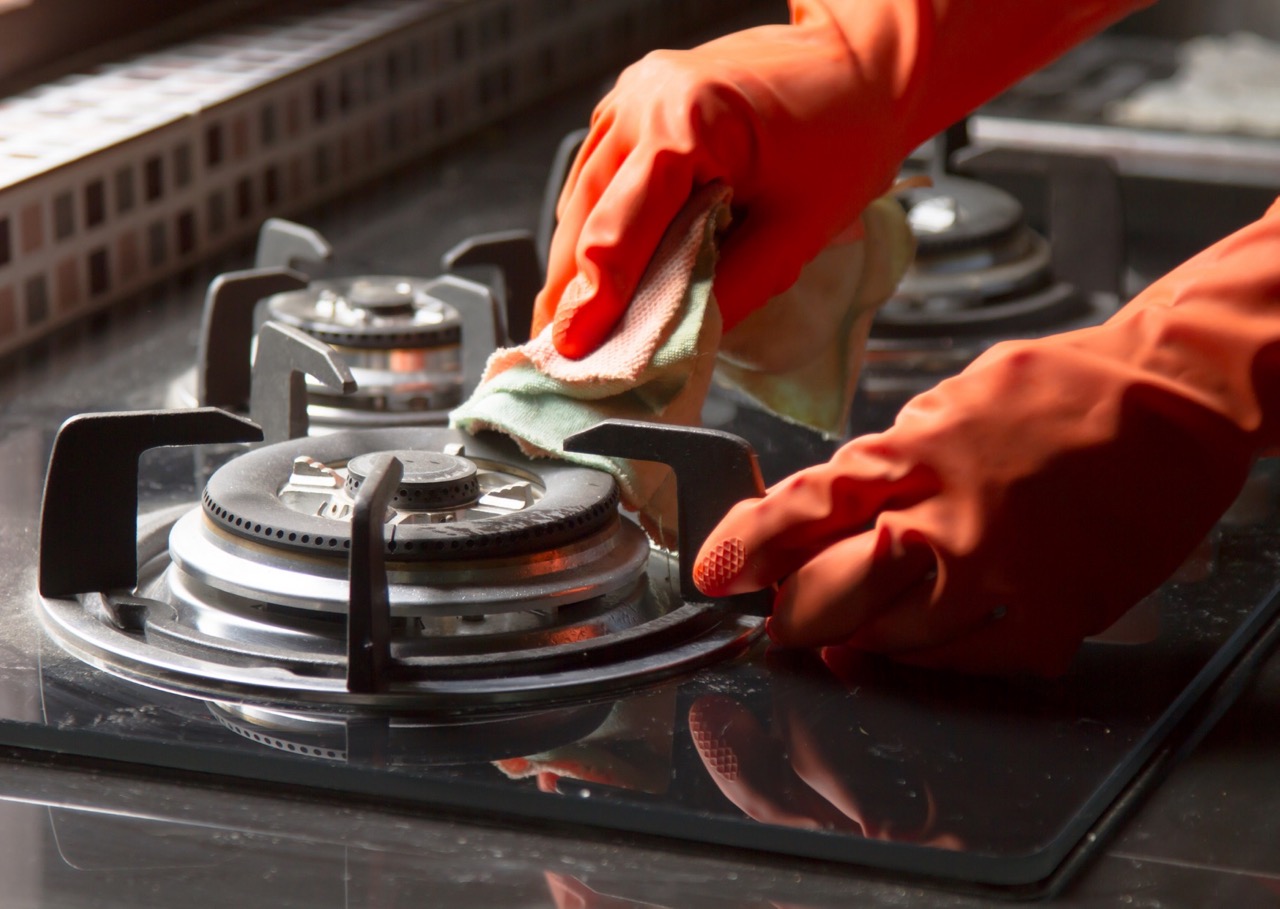
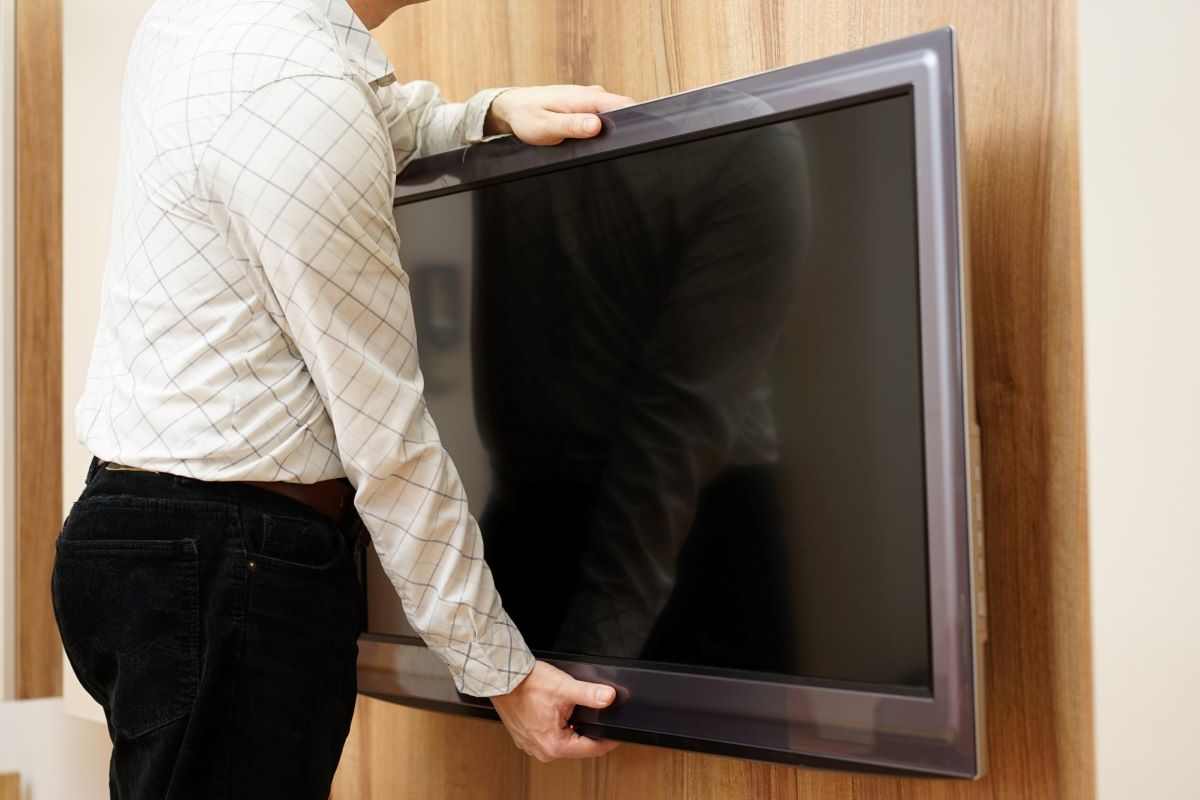
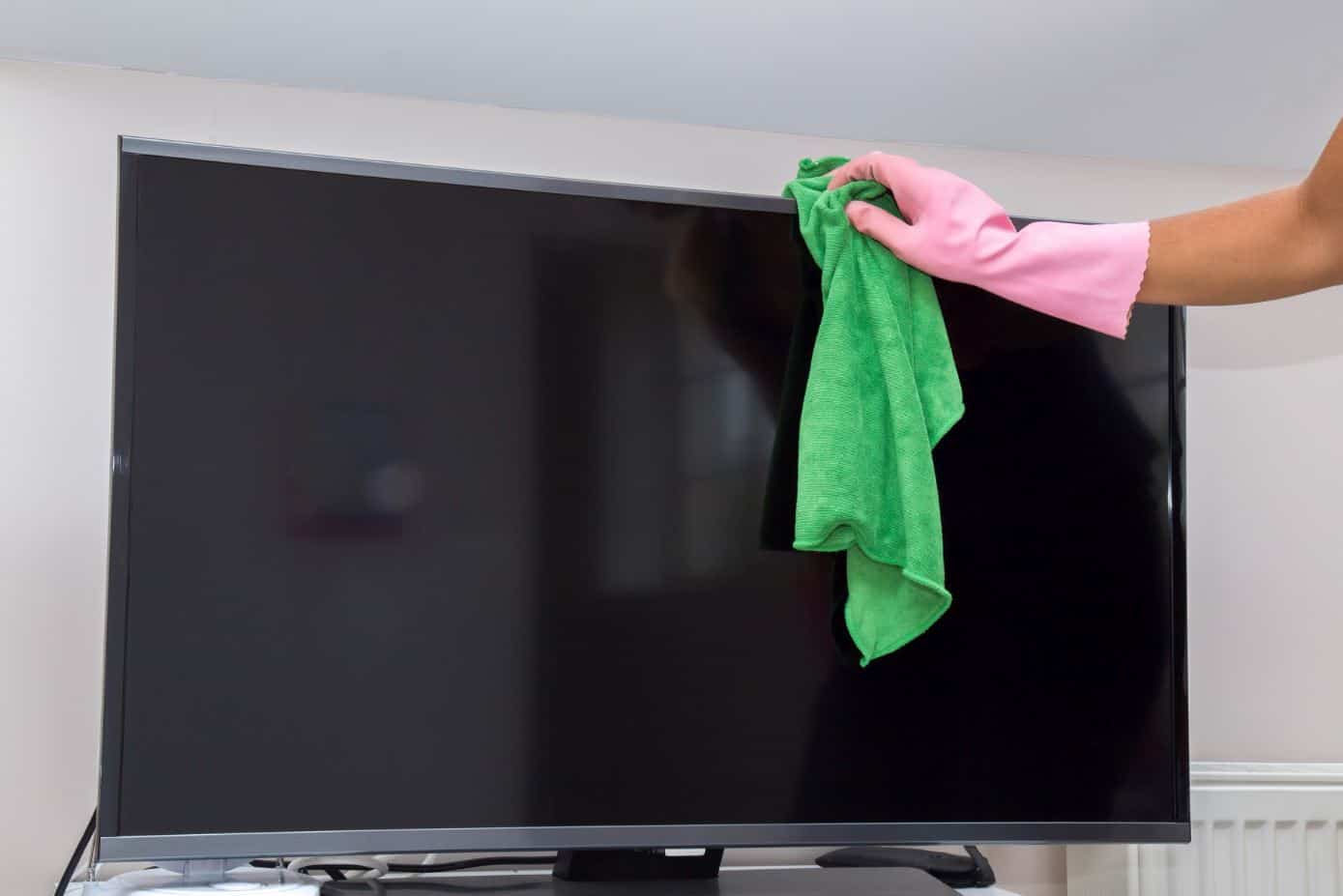





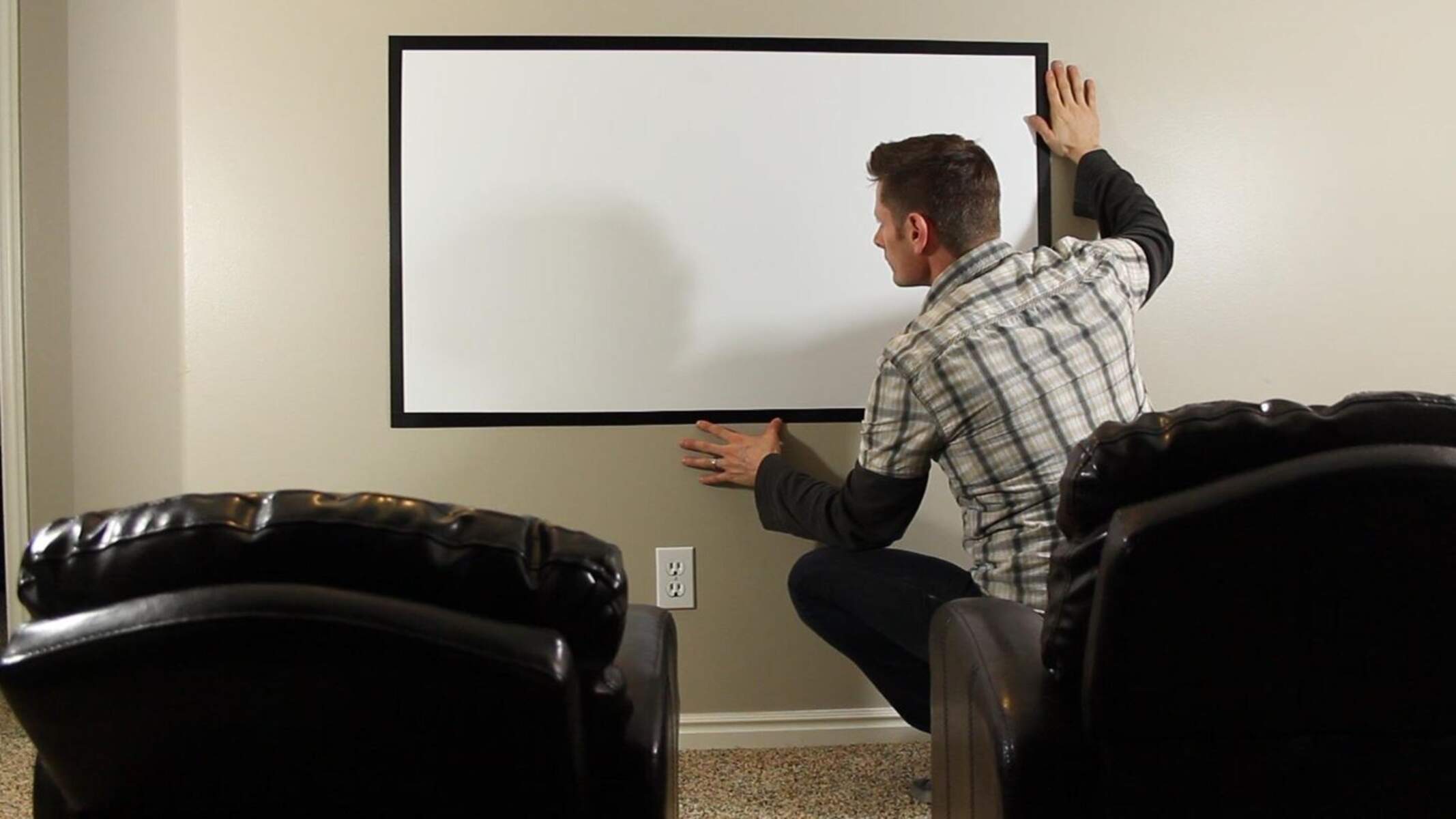
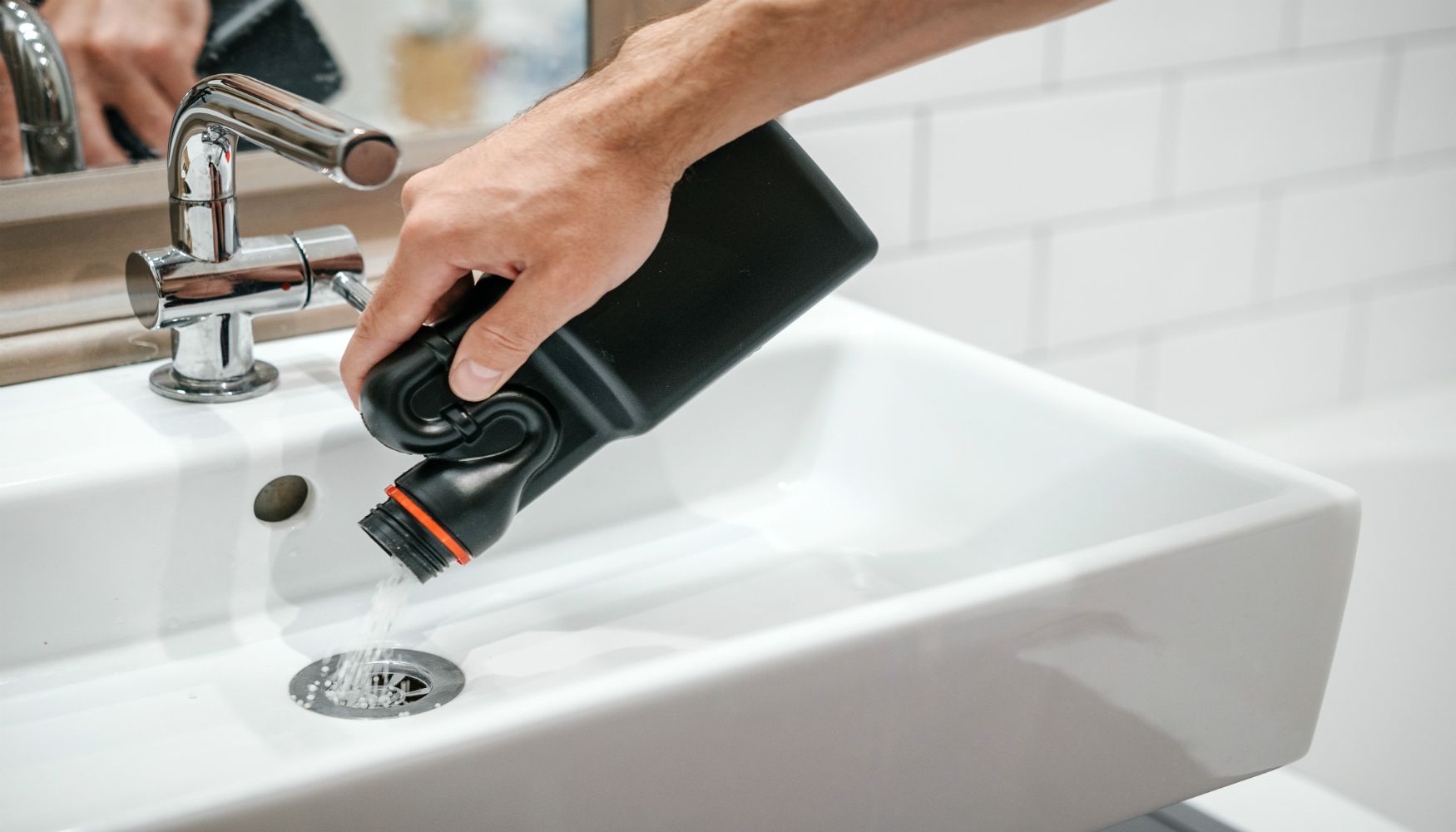
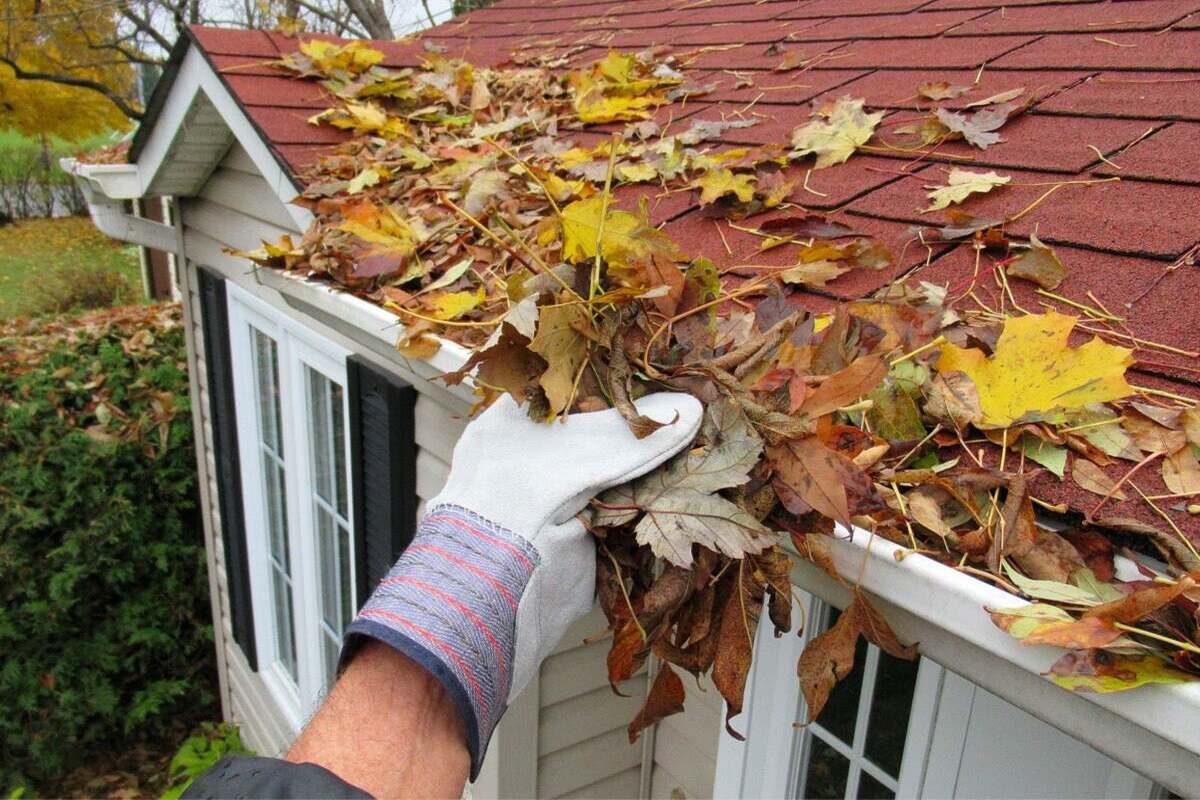
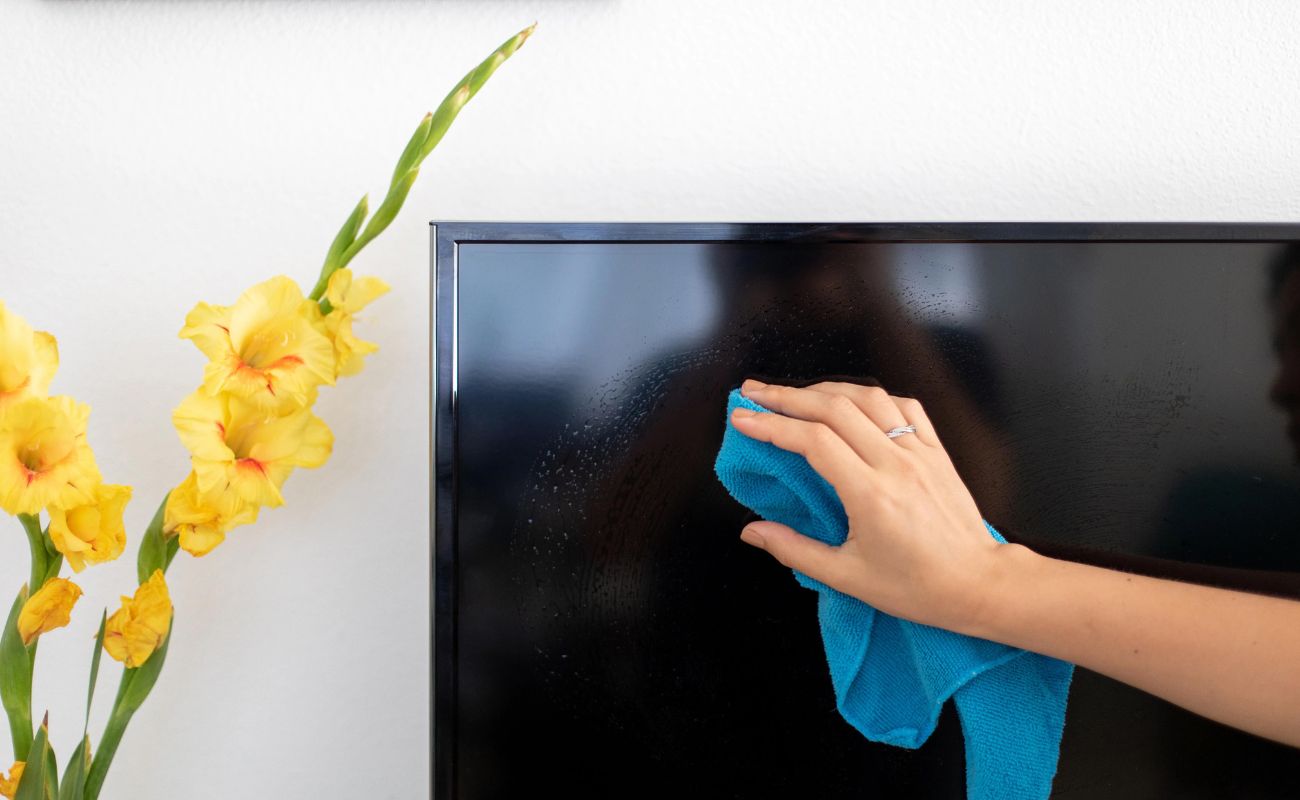
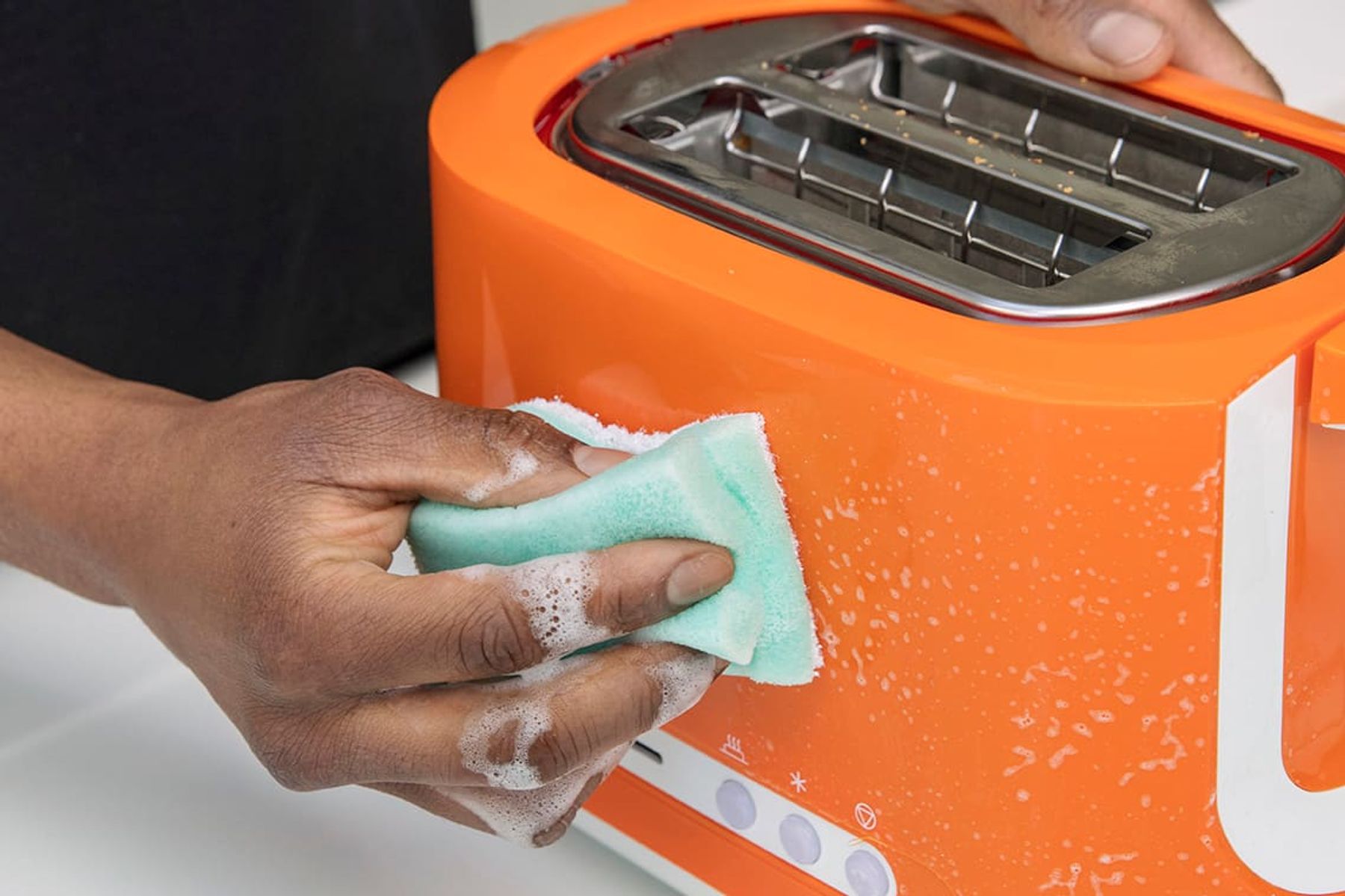
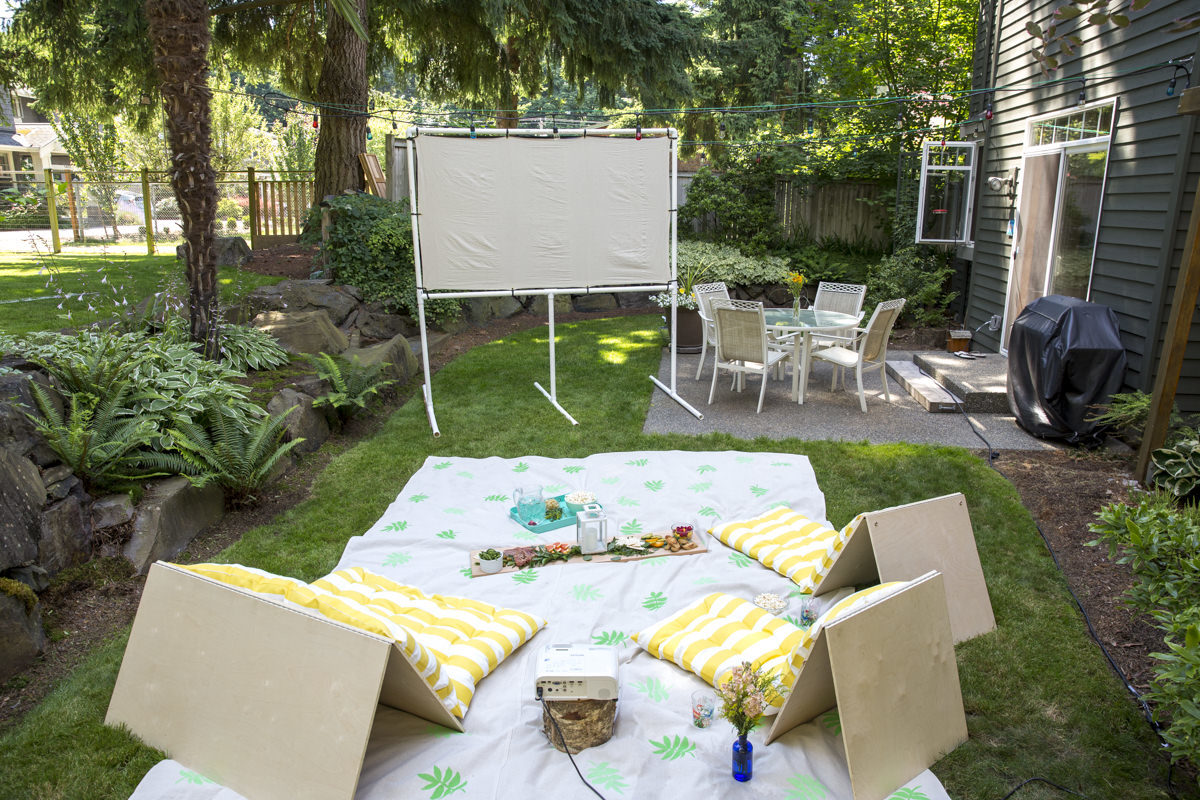

0 thoughts on “How To Clean A TV Screen: Make It Pristine And Avoid Damage”